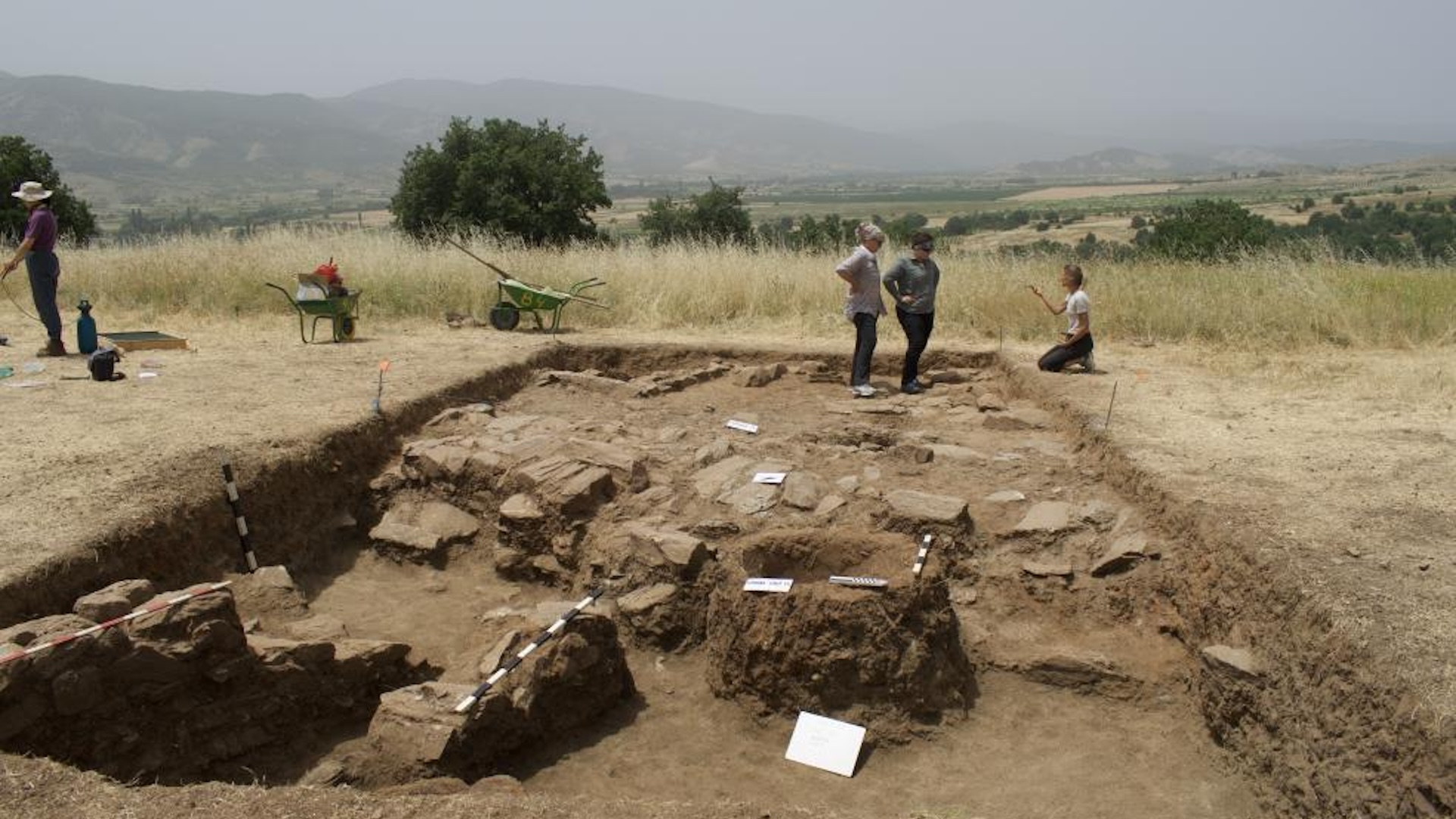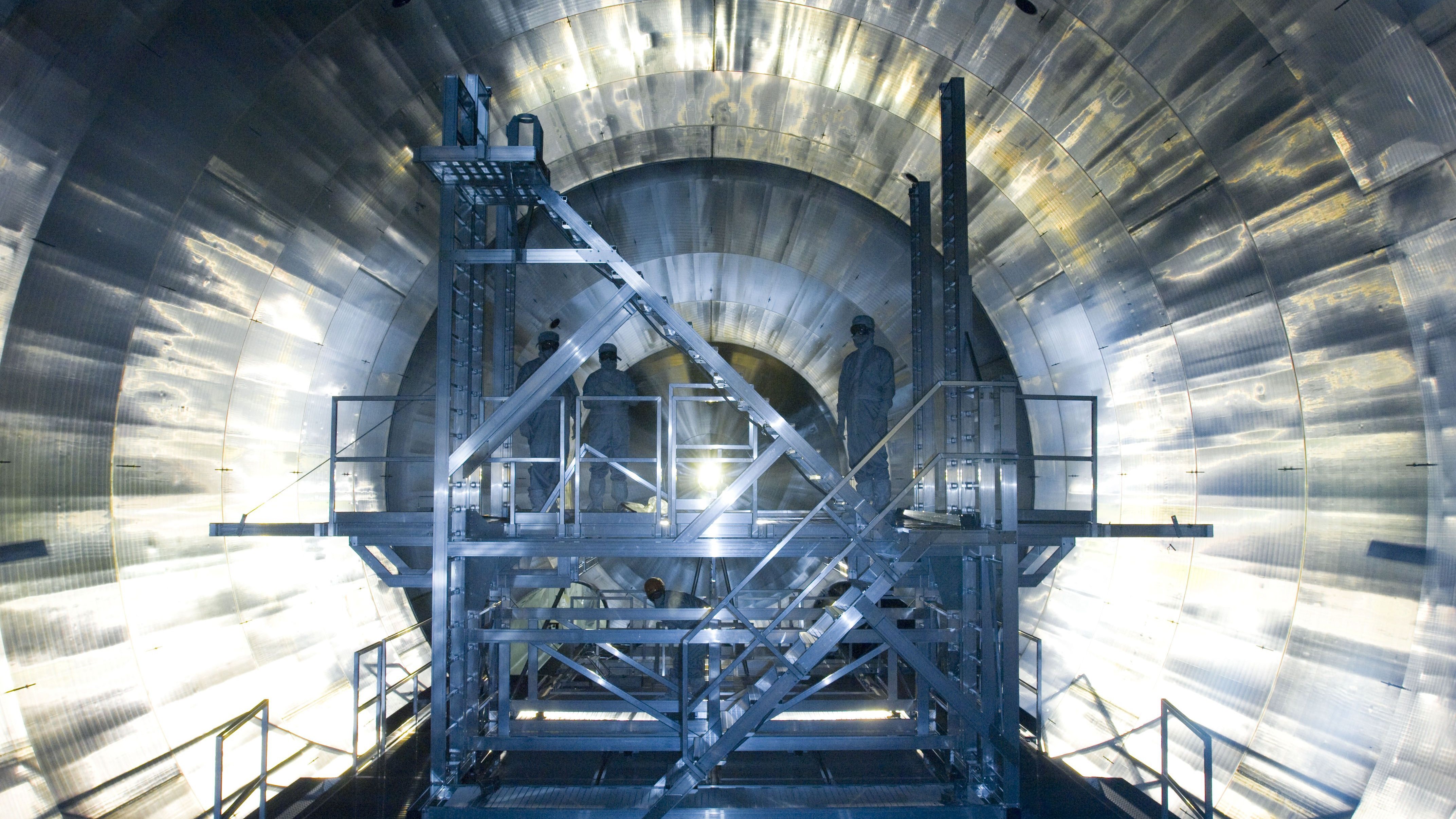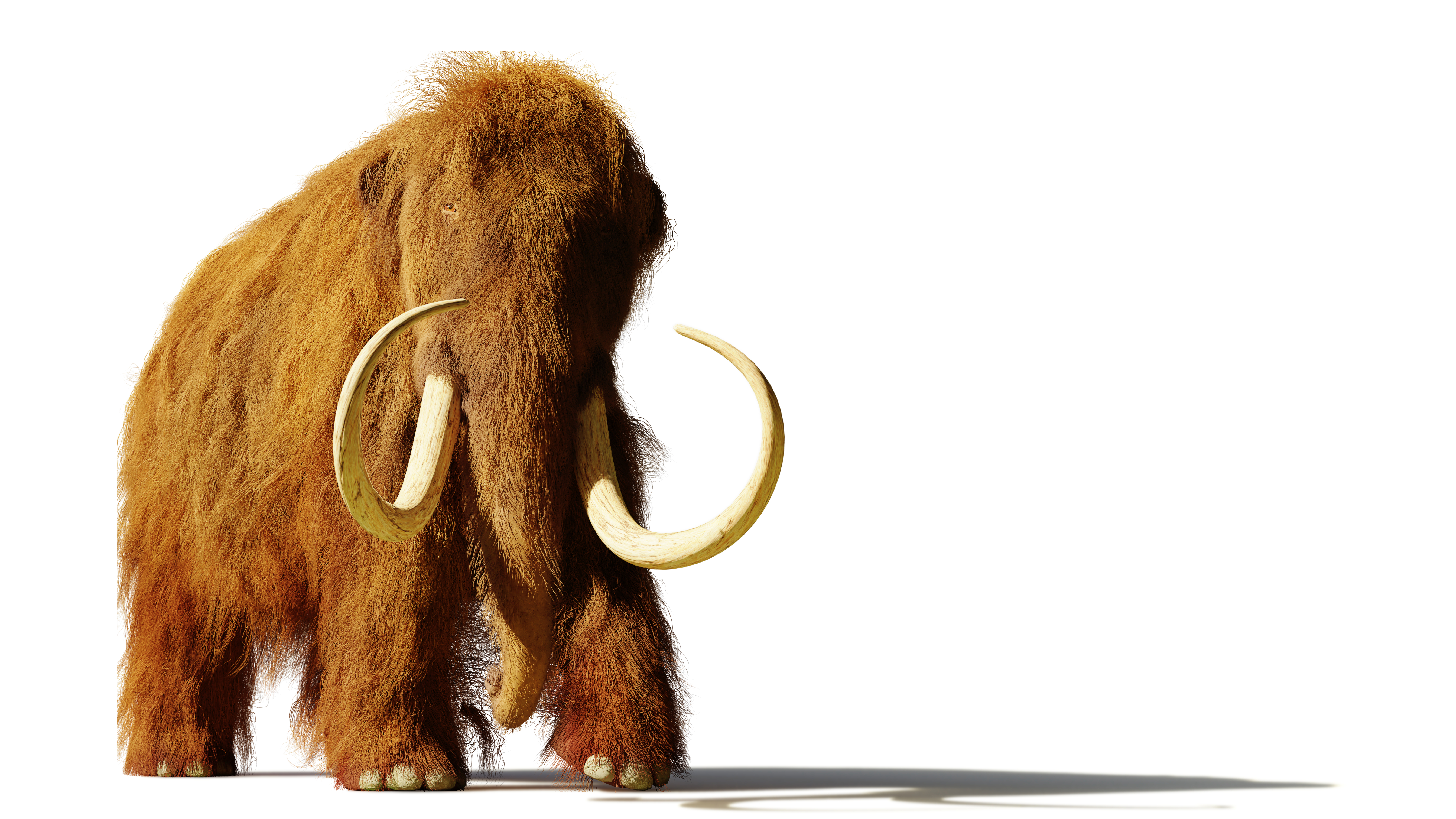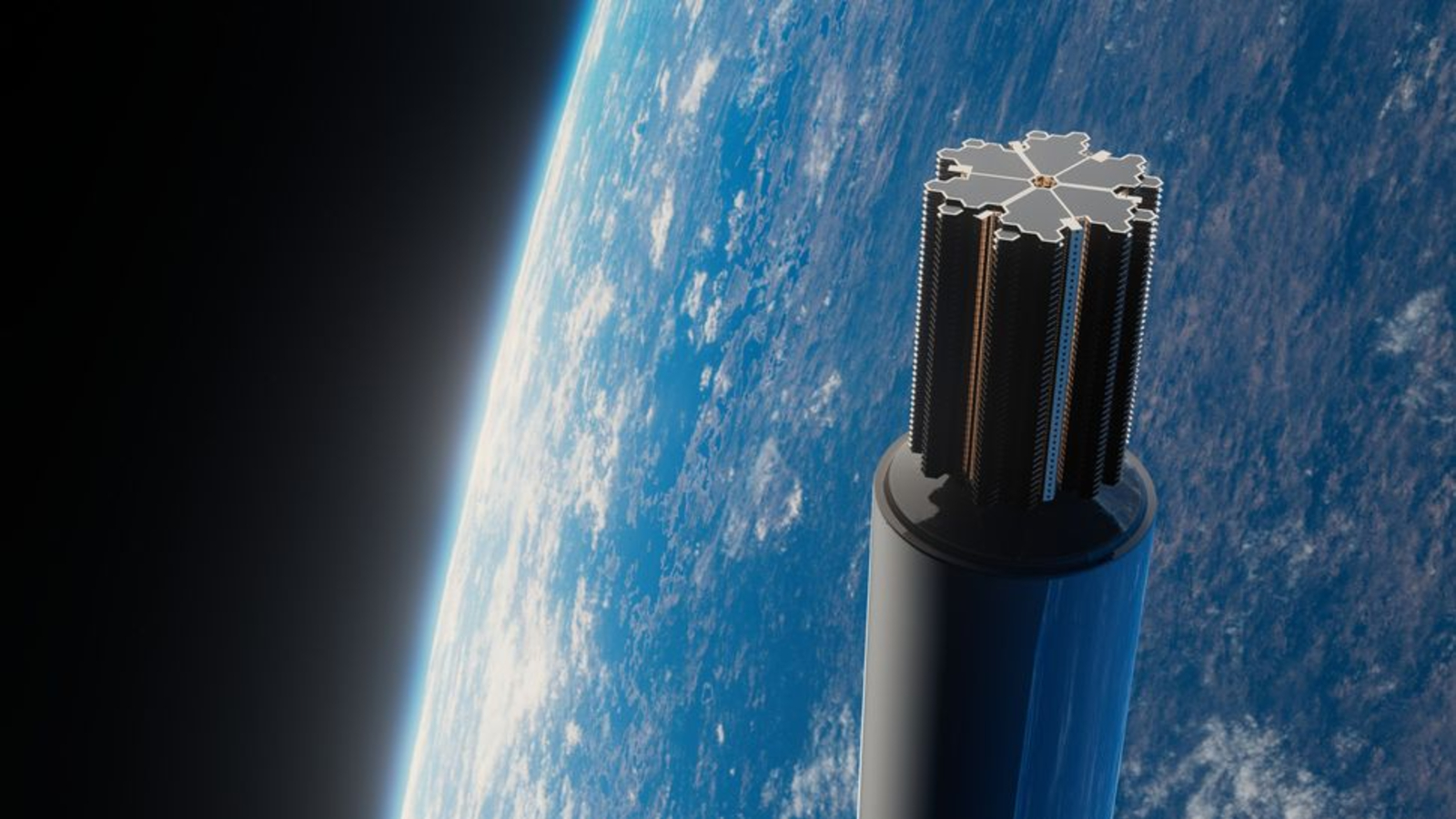Scientists reveal new hydrogen-powered ‘robot horse’ that could one day take you up a mountain
Japanese engineers have unveiled a concept design of the Corleo, a four-legged robotic horse that could one day carry people across a vast range of terrains.
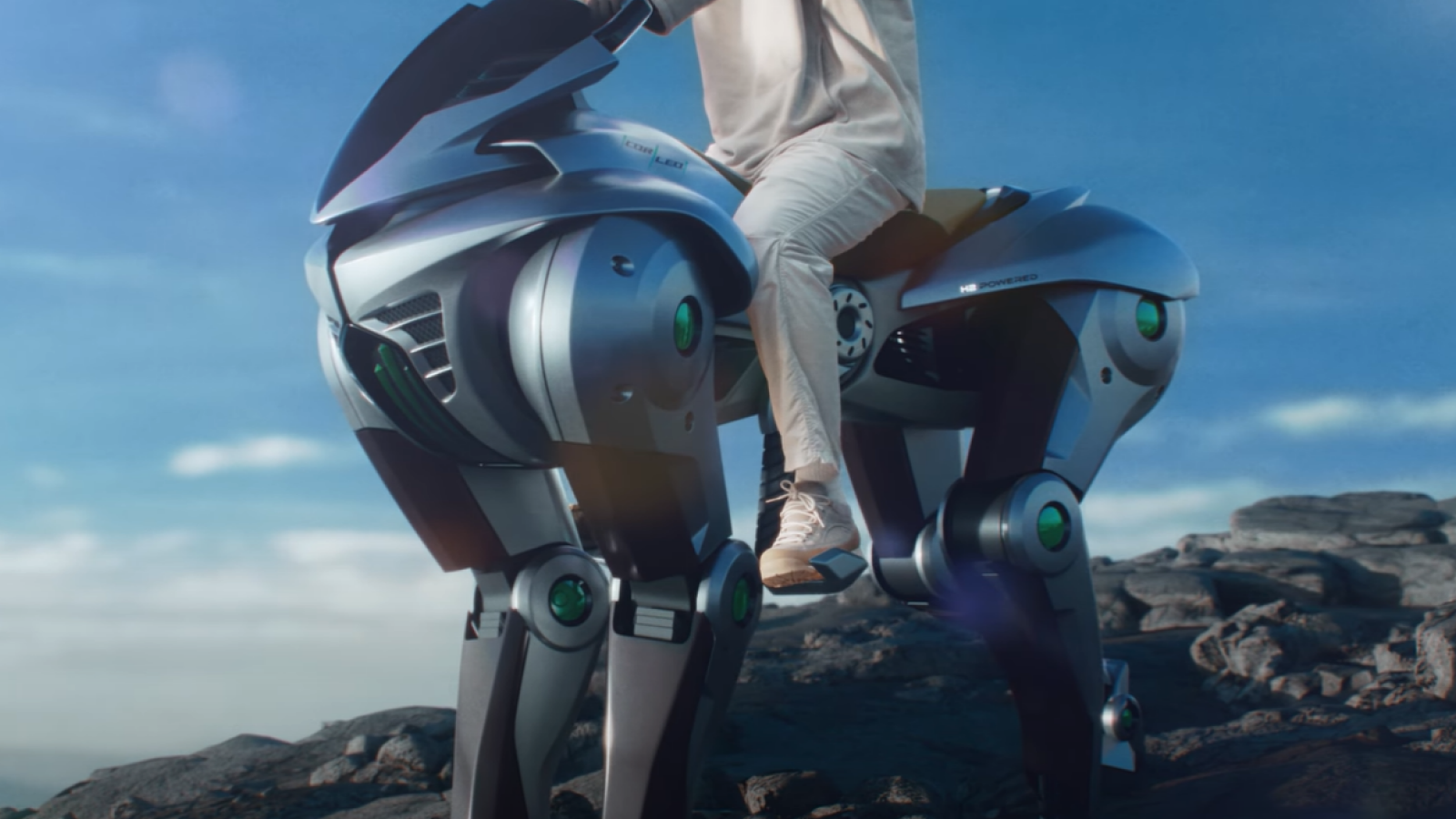
A new type of robot inspired by an animal has been unveiled — and this time, it's a horse.
Corleo, a hydrogen-powered robot with four legs designed to be ridden by humans, has been announced by Japanese manufacturer Kawasaki Heavy Industries at a showcase event ahead of the Osaka-Kansai Expo 2025, which starts April 13. However, the robot is still in its concept phase of development; a functioning prototype has not been made public.
This robot, unlike previous animal-shaped bots such as Boston Dynamics' dog Spot, is designed for people to ride it as the machinery uses artificial intelligence (AI) and specially designed legs to navigate complex terrains.
A promotional video released by Kawasaki on April 3 shows Corleo clambering down rocky cliffs, weaving through an overgrown woodland, bounding across a snowy landscape and wading through a stream. This video is not real footage, however, as the robot has not yet been fully developed to the extent that you can ride it.
"CORLEO is a completely new means of transportation that combines Kawasaki’s motorcycle and robotics technologies," Kawasaki executive officer Takashi Torii said, as reported by Tokyo Weekender.
The robot has four legs, each of which can move independently. These legs are also equipped with inward-facing knees and rubber two-toed cloven hooves, similar to those of a goat or a deer. Company representatives hope that it can one day carry up to two people on its back through a wide range of environments.
Related: Watch this humanlike robot 'rise from the dead' with creepy speed and stability
Sign up for the Live Science daily newsletter now
Get the world’s most fascinating discoveries delivered straight to your inbox.
"The rear leg unit can swing up and down independently from the front leg unit, allowing it to absorb shocks during walking and running," Kawasaki representatives explained on the Corleo concept page of their website.
"The four legs are equipped with hooves featuring a left-right divided structure made of rubber, a material that absorbs surface irregularities and is slip-resistant," according to its website. "These hooves can adapt to various terrains, including grasslands, rocky areas, and rubble fields."
Horse power
Kawasaki proposes that Corleo will have an AI system that enhances its balance and navigation, with the robot responding to the body movements of the rider — just like a real horse. The robot will also have a heads-up display in front of the rider much like a motorcycle does, showing important information.
"Equipped with an instrument panel that displays hydrogen level, route to the summit, center of gravity position, and other information. At night, it supports optimal riding by projecting markers onto the road surface to indicate the path ahead," Kawasaki representatives added.
Corleo will be driven by a 150cc engine powered by a hydrogen fuel cell. Hydrogen fuel cells work by converting chemical energy from hydrogen into electricity. Hydrogen gas is split into protons (H+) and electrons, and the electrons create electricity that can power the motor. This process produces zero emissions, with only water as a byproduct. Hydrogen fuel cells can easily be recharged by refuelling them with hydrogen gas.
This robot is still very much a concept for now, however. Kawasaki representatives suggested it may be launched by 2050, but they have not announced any solid development timeline, and there are no current plans for commercialization. The company also has not revealed any detailed technical specifications, including Corleo's speed, range of travel or battery life.
Rather than a functional prototype, a mock-up of Corleo will be featured at the Osaka-Kansai Expo, which runs from April 13 until October 13.

Jess Thomson is a freelance journalist. She previously worked as a science reporter for Newsweek, and has also written for publications including VICE, The Guardian, The Cut, and Inverse. Jess holds a Biological Sciences degree from the University of Oxford, where she specialised in animal behavior and ecology.
You must confirm your public display name before commenting
Please logout and then login again, you will then be prompted to enter your display name.





